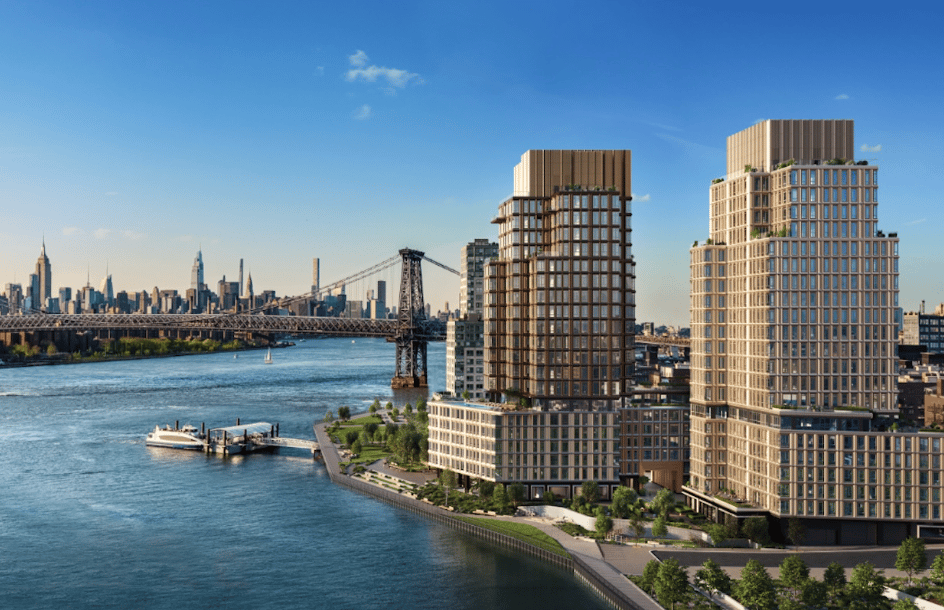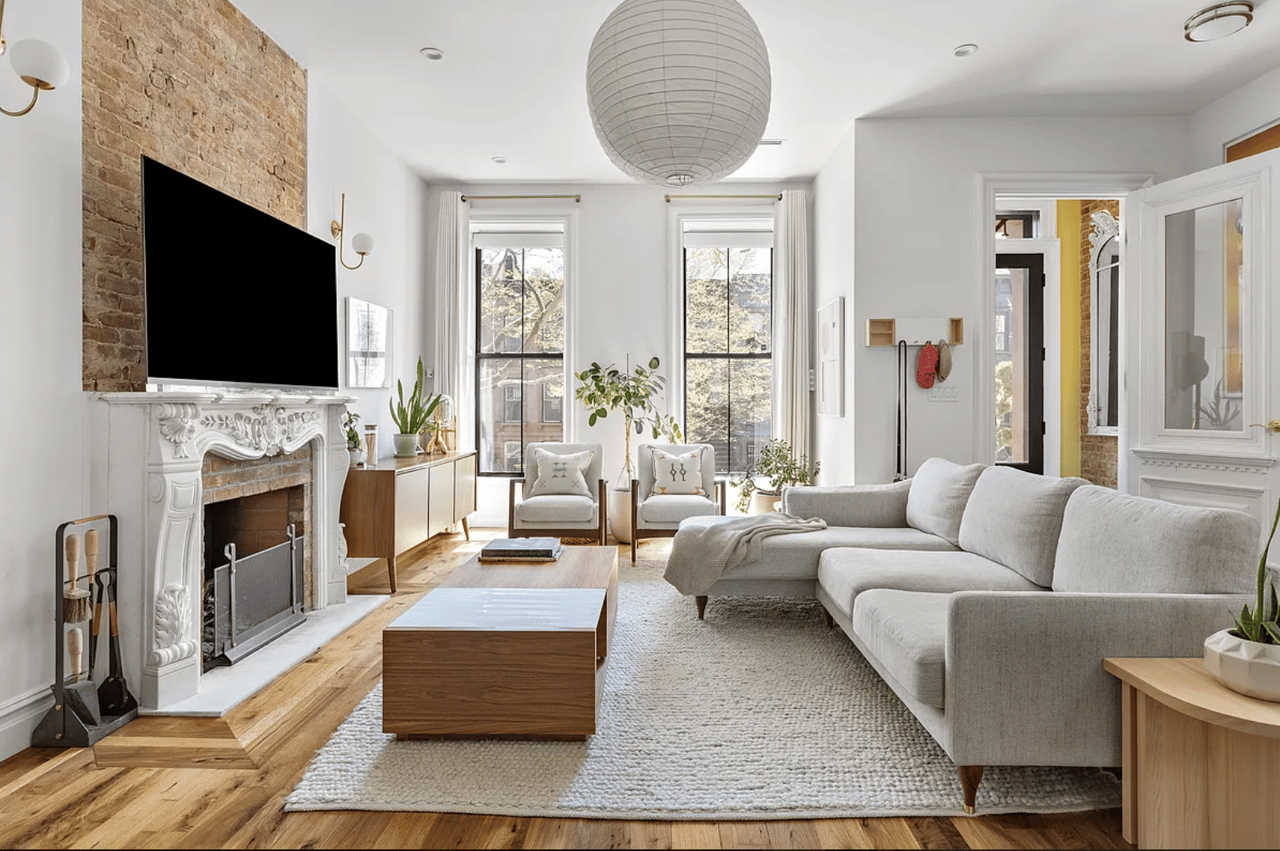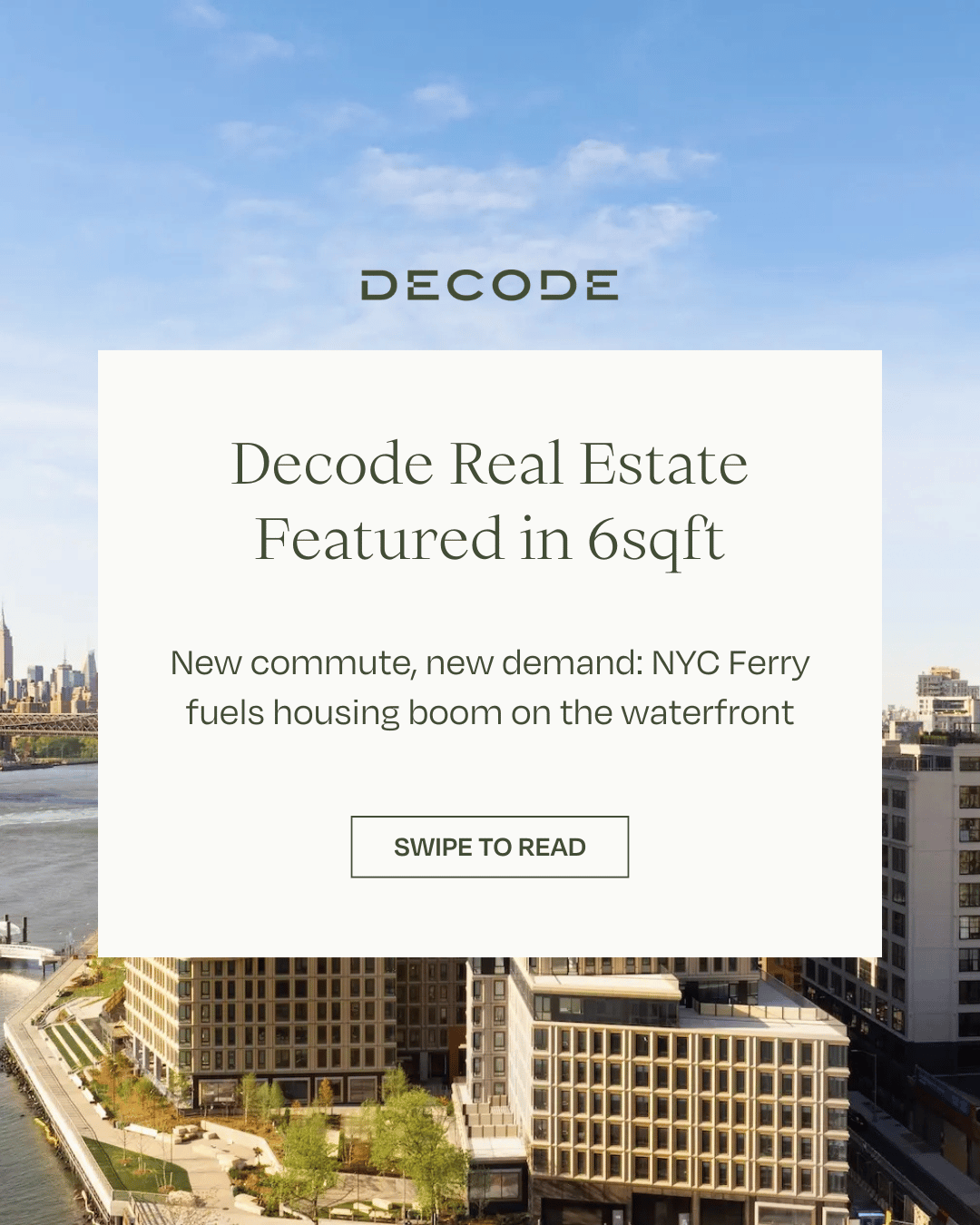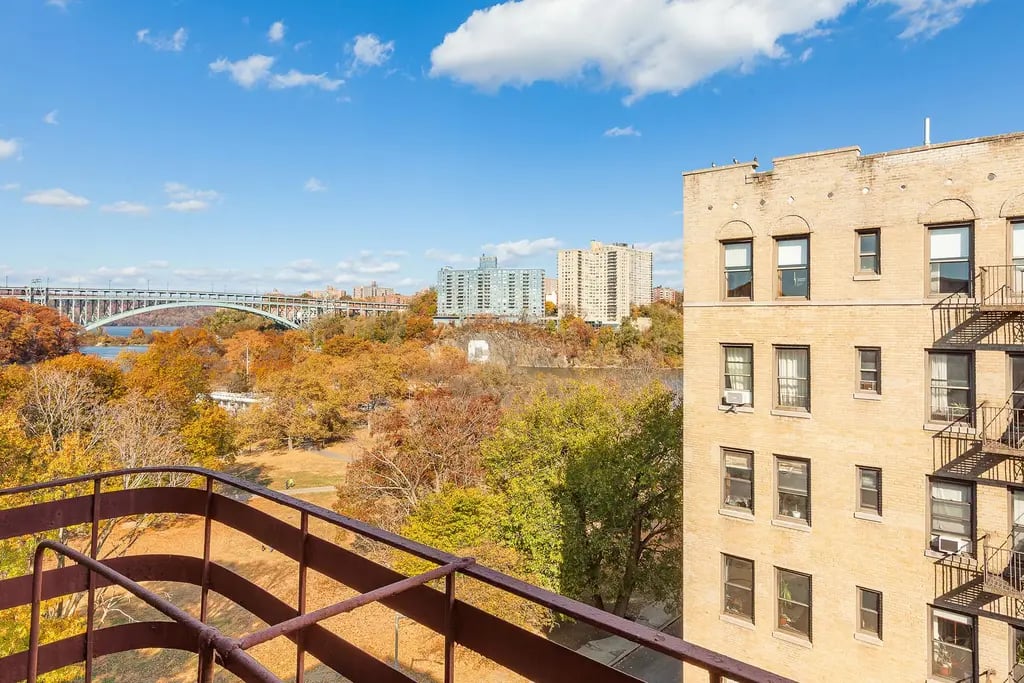In a market as nuanced as Williamsburg, pricing your home isn’t something you can leave to Zillow estimates or AI-generated suggestions. While algorithms may spit out a number based on square footage and recent sales, they can’t account for buyer psychology, design appeal, micro-neighborhood nuance, or timing. That’s where a real pricing strategy comes in.
In 2025, Williamsburg buyers are savvy, and so are their agents. Price your listing too high, and it’ll sit. Price it too low, and you leave money on the table. The sweet spot? It stems from a layered approach that combines hyperlocal comps, current inventory, buyer urgency, and even current trends in finishes.
In this post, we’ll break down how the best agents in Williamsburg price listings to sell fast and strong. You'll see how data, timing, and psychology come together to attract real offers, not just eyeballs.
How to Price a Williamsburg Listing Like a Pro—Not an Algorithm
Why Pricing Matters More Than Ever in 2025
In today’s Williamsburg market, pricing is your first—and most important—marketing decision. The number you list sets the tone for everything that follows:
-
How many buyers show up at your open house
-
Whether your listing gets saved and shared
-
If offers come in quickly, or not at all
-
How much leveragedo you hold during negotiations
In a neighborhood where condos and townhouses can differ by $400 per square foot based on finishes or location, precision pricing is non-negotiable.
What Algorithms Miss (That Pros Don’t)
Automated pricing tools like Zestimate or Redfin Estimate might give a rough range, but they ignore critical Williamsburg-specific variables:
-
Micro-neighborhood trends (e.g., Northside vs. Grand Street corridor)
-
Building prestige or reputation
-
Monthly fees, tax abatements, and floorplans
-
Design quality and staging
-
Current buyer behavior—what’s getting offers this week
Relying on software to price your property in Williamsburg is like wearing a one-size-fits-all suit to a tailored dinner party.
Layer 1: Hyperlocal Comps (Not Just Recent Sales)
Yes, you should always start with recent comps. But not just any sales—you need apples-to-apples matches.
Look at:
-
Same building or same street
-
Same exposure and floor level
-
Similar square footage and layout
-
Comparable finishes and outdoor space
Then ask:
-
How quickly did it sell?
-
Was it staged?
-
Did it require a price drop?
A comp that sold in 5 days vs. one that lingered for 60 tells two different stories—and both are valuable.
Layer 2: Inventory Analysis
Here’s what separates pros from the rest: they don’t just look backward—they look sideways at current competition.
-
How many similar listings are on the market now?
-
Are they stale or just launched?
-
What are buyers saying at open houses?
If your 2-bed condo is 1 of 12 similar listings in North Williamsburg that week, you’ll need to price more aggressively to stand out.
But if you’re the only staged, corner 1-bed in your building, you may have room to push pricing without scaring buyers off.
Decode’s team regularly reviews weekly StreetEasy inventory shifts, because what buyers see in real time matters just as much as what has already sold.
Layer 3: Buyer Behavior and Sentiment
Pricing isn’t just about square footage—it’s about psychology.
What we watch:
-
Is buyer urgency up or down?
-
Are bidding wars happening this month?
-
Are price drops trending in your category?
-
How many days do similar listings typically stay on the market?
Example: If 3 similar listings cut prices last week and still haven’t sold, that’s a signal. The price is too high now, and you’ll be forced to follow.
Pros don’t just price to match the market—they price to motivate offers within the first 7–14 days.
Layer 4: Listing Season and Market Conditions
Timing plays a significant role in pricing strategy. Spring pricing differs from late summer pricing, even on the same block.
Example:
-
In March, low inventory and high urgency may allow a slight price premium
-
In August, when buyers are away and open houses slow down, the duplicate listing might need a 5–7% lower list price to generate attention
In Williamsburg, smart pricing is responsive to seasonal changes. The best agents are aware of this and advise sellers accordingly.
Case Study: Pricing to Spark Offers in McCarren Area
Listing: 2-bed condo, 925 sq ft, balcony, near McCarren Park
Comp range: $1.15M–$1.25M
Inventory at time of listing: 4 other 2-beds within 3 blocks
Strategy:
-
Priced at $1.195M (slightly below average)
-
Full staging + pro photography
-
Listed Thursday before peak weekend traffic
Results:
-
3 offers by Day 9
-
Sold at $1.23M after light bidding
-
Buyer waived inspection contingency
Takeaway: Pricing at the right point created urgency and competition, without undercutting value.
Price Band Strategy: The Psychology of Round Numbers
Buyers shop online with price filters—so your list number matters in more ways than one.
If your unit is worth approximately $ 999,000, pricing it at $1.01 million could move it into a less-searched bracket, potentially losing buyer interest.
Instead:
-
Use thresholds wisely (e.g., $999K vs. $1.005M)
-
Align with typical buyer budget caps ($1.5M, $2M, etc.)
-
Consider price band dominance—where your listing is the best in its range
Decode often recommends pricing just below significant cutoffs to maximize traffic and emotional engagement.
The Danger of Overpricing (Even Slightly)
Overpricing by even 3–5% in Williamsburg can trigger a cascade:
-
Days on market increase
-
Listing gets buried on search sites
-
Perception of “something must be wrong” sets in
-
Ultimately leads to a price reduction larger than if you’d priced right upfront
Data shows:
-
Listings that drop price within 30 days sell for 8–12% less than originally priced right
Buyers don’t just negotiate price—they negotiate perception. And stale listings feel weak.
How Decode Builds Your Pricing Strategy (Step-by-Step)
Our pricing approach includes:
-
Property audit: We analyze layout, design quality, lighting, and market fit
-
Micro-comp analysis: Down to the floor level and building performance
-
Current inventory scan: What’s live, what’s pending, and how fast it's moving
-
Buyer trend review: We talk to agents, track foot traffic, and monitor offer behavior
-
Listing calendar planning: We recommend launch dates that match demand cycles
-
Final pricing ladder: We create a target price and two backup reductions, before listing
We price with one goal: to generate multiple qualified offers quickly, not just “test the waters.”
Pricing Like a Pro Is a Skill—Not a Spreadsheet
In Williamsburg, your list price isn’t just a number—it’s a strategy. The right price attracts the right buyer, at the right time, under the right emotional conditions.
Don’t trust an algorithm. Trust layered logic, live data, and local nuance. Because in 2025, the most successful sellers in Williamsburg aren’t guessing what their place is worth—they’re pricing it with intention and precision.




